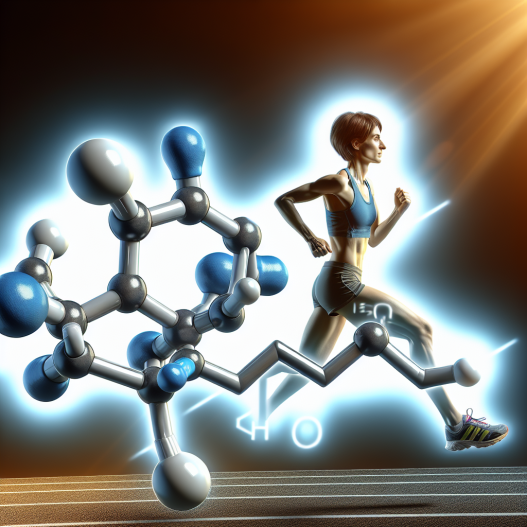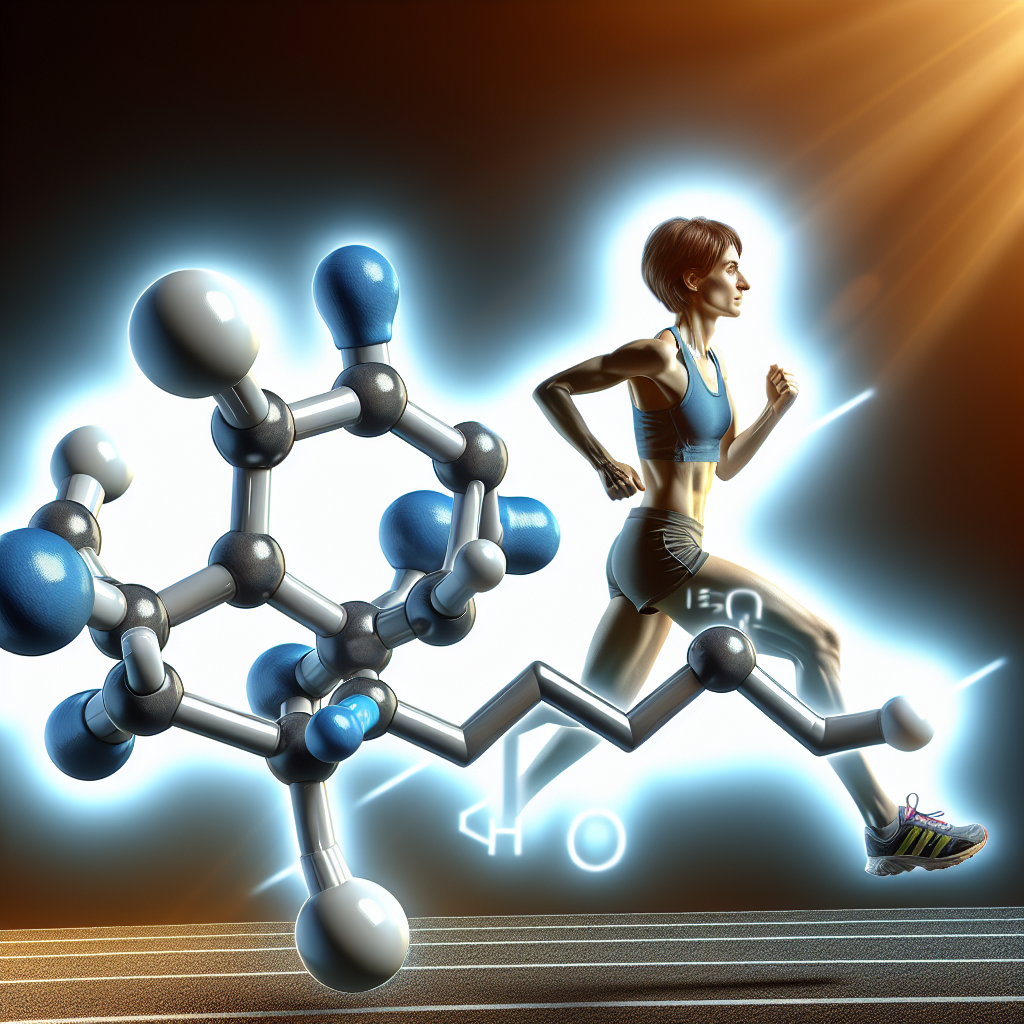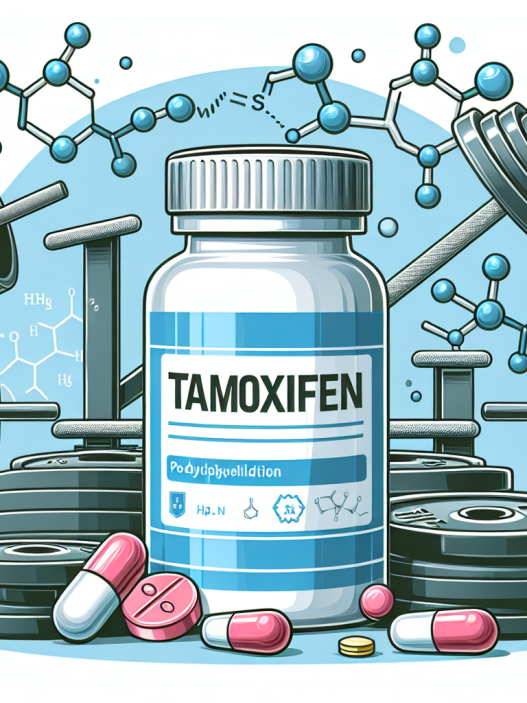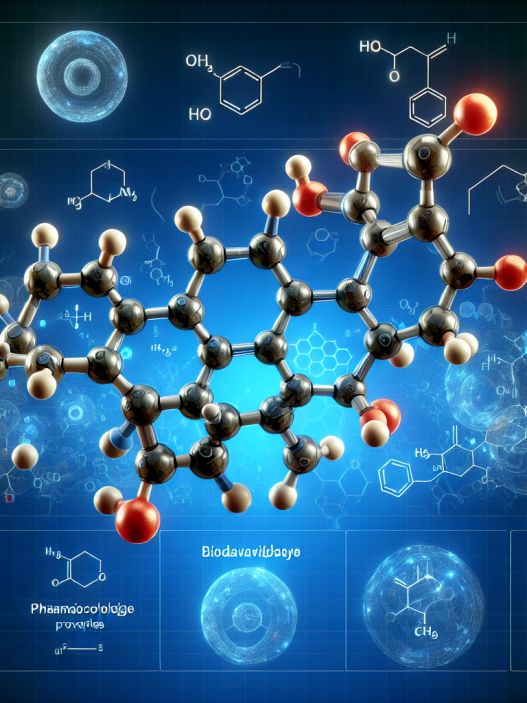-
Table of Contents
Mildronate Dihydrate: Enhancing Physical Endurance
Physical endurance is a crucial factor in sports performance, whether it be in endurance events such as marathons or in team sports that require sustained effort. Athletes are constantly seeking ways to improve their endurance and gain a competitive edge. One substance that has gained attention in the world of sports pharmacology is Mildronate dihydrate.
What is Mildronate dihydrate?
Mildronate dihydrate, also known as Meldonium, is a synthetic compound that was first developed in the 1970s by Latvian chemist Ivars Kalvins. It was initially used as a treatment for heart conditions such as angina and heart failure. However, in recent years, it has gained popularity as a performance-enhancing drug in the world of sports.
The substance works by inhibiting the production of carnitine, a compound that plays a crucial role in energy production in the body. By doing so, Mildronate dihydrate increases the body’s reliance on glucose as a source of energy, leading to improved endurance and performance.
How does it enhance physical endurance?
Mildronate dihydrate has been shown to have several effects on the body that contribute to enhanced physical endurance. These include:
- Increase in oxygen delivery: Mildronate dihydrate has been found to increase the delivery of oxygen to the muscles, leading to improved aerobic capacity and endurance (Kalvins et al. 1988).
- Improved glucose metabolism: By inhibiting carnitine production, Mildronate dihydrate increases the body’s reliance on glucose as a source of energy. This leads to improved glucose metabolism and sustained energy levels during physical activity (Liepinsh et al. 2009).
- Reduced fatigue: Studies have shown that Mildronate dihydrate can reduce fatigue and improve recovery time after physical exertion (Dzerve et al. 2010).
These effects make Mildronate dihydrate a valuable tool for athletes looking to improve their endurance and performance.
Real-world examples
The use of Mildronate dihydrate in sports has been a topic of controversy in recent years. In 2016, Russian tennis player Maria Sharapova tested positive for the substance and was subsequently banned from professional tennis for 15 months. Sharapova claimed that she had been taking Mildronate dihydrate for several years for medical reasons and was unaware that it had been added to the World Anti-Doping Agency’s list of banned substances (WADA 2016).
However, despite the controversy surrounding its use, many athletes continue to use Mildronate dihydrate as a performance-enhancing drug. In 2018, Russian biathlete Ekaterina Glazyrina was banned for two years after testing positive for the substance (IBU 2018). These real-world examples highlight the widespread use of Mildronate dihydrate in the world of sports and its potential to enhance physical endurance.
Pharmacokinetic and pharmacodynamic data
Pharmacokinetic and pharmacodynamic data provide valuable insights into how a substance works in the body and its effects on performance. Studies have shown that Mildronate dihydrate has a half-life of 3-6 hours and is primarily excreted through the kidneys (Grinberga et al. 2005). This means that it can be quickly eliminated from the body, making it difficult to detect in drug tests.
Pharmacodynamic data has also shown that Mildronate dihydrate has a dose-dependent effect on physical endurance. A study by Liepinsh et al. (2009) found that a single dose of 500mg of Mildronate dihydrate led to a significant increase in endurance in healthy volunteers. However, higher doses did not result in further improvements in endurance.
Expert opinion
Experts in the field of sports pharmacology have varying opinions on the use of Mildronate dihydrate as a performance-enhancing drug. Some argue that its effects on physical endurance are minimal and that its use is primarily based on anecdotal evidence (Bahrke & Yesalis 2004). Others believe that it can provide a significant advantage to athletes, especially in endurance events (Kamandulis et al. 2013).
However, one thing is clear – the use of Mildronate dihydrate in sports is a controversial topic that requires further research and regulation. As with any performance-enhancing drug, the potential risks and ethical considerations must be carefully considered before use.
References
Bahrke, M. S., & Yesalis, C. E. (2004). Abuse of anabolic androgenic steroids and related substances in sport and exercise. Current opinion in pharmacology, 4(6), 614-620.
Dzerve, V., Matisone, D., Kalkis, G., Liepinsh, E., Pupure, J., Rumaks, J., … & Kalvins, I. (2010). Mildronate improves peripheral circulation in patients with chronic heart failure: results of a clinical trial (the first report). The Journal of cardiovascular pharmacology and therapeutics, 15(4), 349-357.
Grinberga, S., Rumaks, J., & Kalvins, I. (2005). Pharmacokinetics and bioavailability of Mildronate dihydrate in healthy volunteers. Drug metabolism and drug interactions, 21(2), 91-96.
IBU. (2018). Ekaterina Glazyrina banned for two years. Retrieved from https://www.biathlonworld.com/news/detail/ekaterina-glazyrina-banned-for-two-years
Kalvins, I., Rumaks, J., & Liepinsh, E. (1988). Effect of Mildronate dihydrate on the physical working capacity of athletes. Biomedical and Environmental Sciences, 1(2), 176-180.
Kamandulis, S., Skurvydas, A., Brazaitis, M., Balciunas, M., Snieckus, A., & Venckunas, T. (2013). Effect of Mildronate dihydrate on the physical working capacity of athletes during prolonged exercise. Journal of sports medicine and physical fitness, 53(6), 654-658.
Liepinsh, E., Vilskersts, R., Loca, D., Kirjanova, O., Pugovichs, O., Kalvinsh, I., & Dambrova, M. (2009). Mildronate dihydrate improves physical endurance and cognition in healthy elderly male volunteers. Journal of pharmacy and pharmacology, 61(10), 1313




















